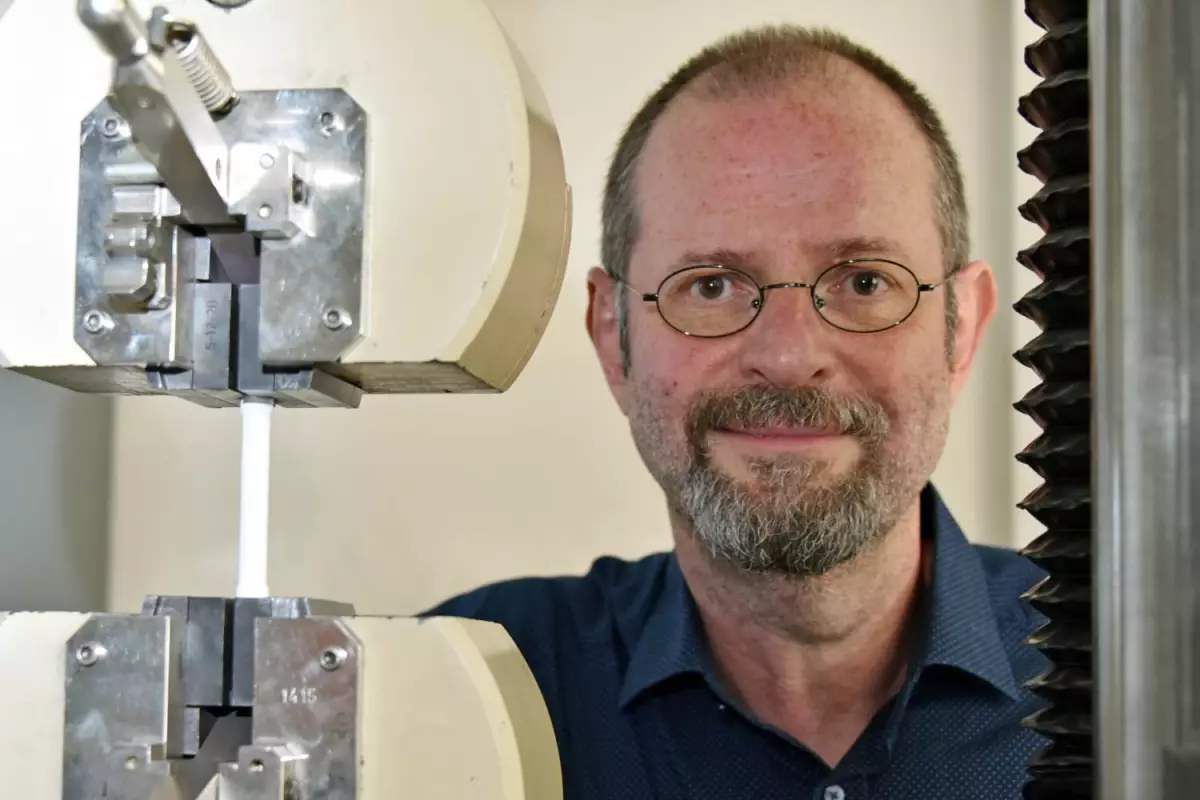A substance known as calcium phosphate cement is already commonly used to repair broken bones, both holding them together and encouraging the growth of new bone tissue. Now, scientists have added carbon fibers to the material to also make it self-healing.
In its current form, calcium phosphate cement is typically injected into bone-break sites in the form of a paste. Once it cures, it becomes hard but also rather brittle. As a result, it may crack if subjected to heavy loads.
Those cracks subsequently widen, ultimately causing the implanted material to fall apart. It's not unlike the manner in which cracks in concrete buildings can eventually cause them to collapse. Because of this drawback, the cement is usually only used on bones that don't play a load-bearing role in the skeleton.
Collaborating with colleagues from the University of Würzburg, researchers from Germany's Friedrich Schiller University Jena set out to solve the problem by adding carbon fibers to regular calcium phosphate cement. Doing so addresses the issue in two ways.
"Firstly, these fibers significantly increase the damage tolerance of the cement, because they bridge cracks as they form and thus prevent them from opening further," says U Jena's Prof. Frank A. Müller. "Secondly, we have chemically activated the surface of the fibers. This means that as soon as the exposed fibers encounter body fluid, which collects in the openings created by the cracks, a mineralization process is initiated. The resulting apatite – a fundamental building block of bone tissue – then closes the crack again."
So far, testing has involved deliberately cracking the carbon fiber-augmented cement, then healing it by placing it in simulated body fluid. Once developed further, it is hoped that the technology could allow calcium phosphate cement to be used on a wider range of bones, including those that are subject to mechanical loads.
A paper on the research was recently published in the journal Scientific Reports.




